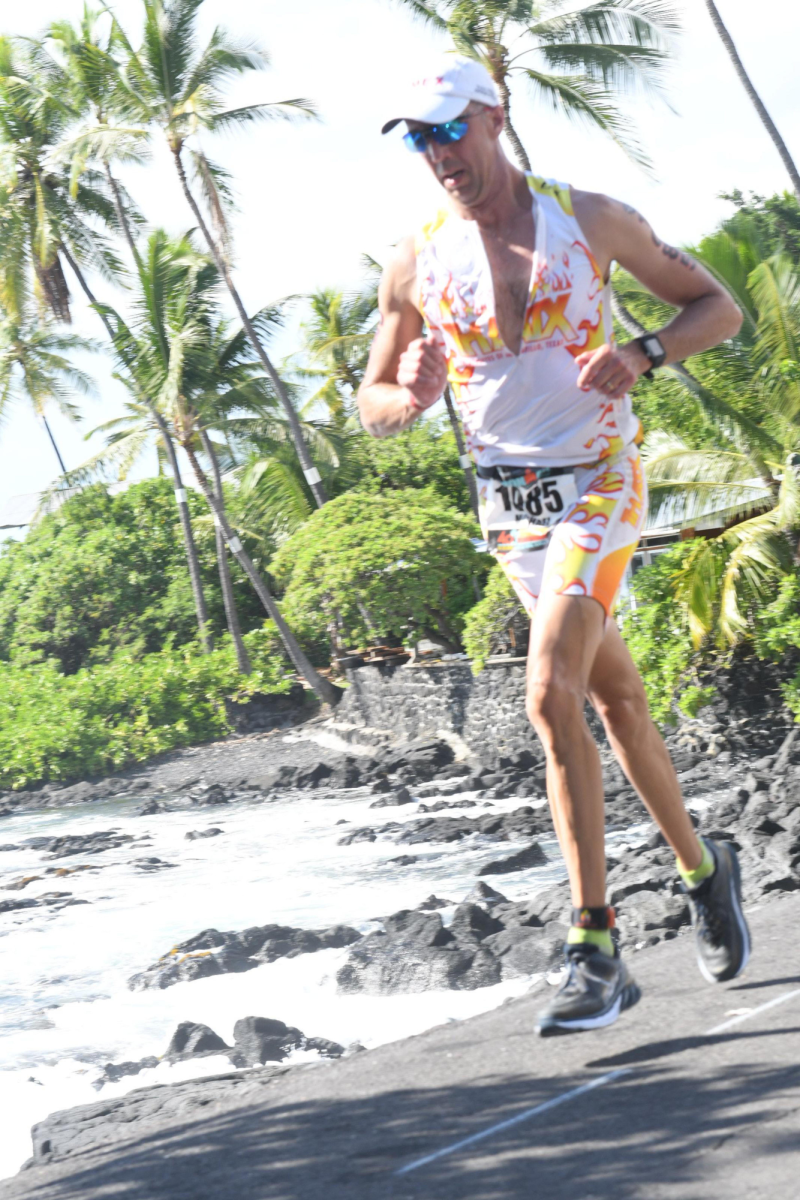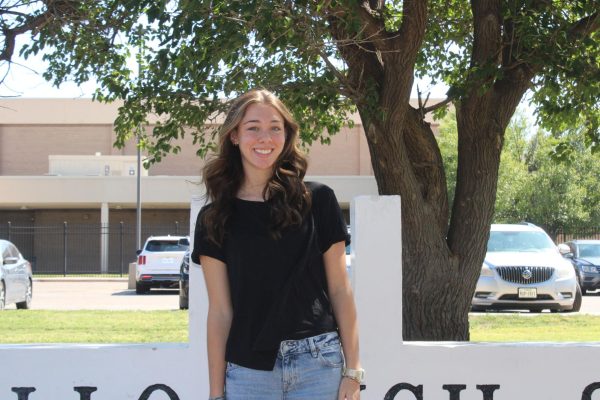Most of his students know Michael Armstrong as the energetic, fist-bumping chemistry teacher. However, outside of the classroom, he has trained his body for one of the hardest competitions in the world. Crossing the finish line of his 19th Ironman has proven Armstrong to be much more than just a high school teacher.
The Ironman race has become a popular event, but many still do not fully understand what it entails or what it takes. The race consists of a 2.4 mile open water swim, followed by a 112 mile bicycle trail and ends with a marathon or a 26.2 mile run. With this comes immense preparation.
“Training is usually a six-month training plan prior to the race,” Armstrong said. “I usually train year round though. This involves waking up at 4:25 a.m. most mornings and either swimming, biking or running.”
Armstrong teaches sophomore chemistry and has woeked in the education system for 15 years. He takes work seriously and does his best to split his time between training and teaching.
“Most mornings during the school week, I get my training done prior to coming to school,” Armstrong said. “This may be riding my bike trainer indoors at my house or running or going to the Town Club to swim. During the weekends is when I put in my longer training hours. We usually try to start riding by daybreak and get in four to six hours bike rides. Sundays are usually long run days which are typically two to three hour runs.”
The duration of an Ironman causes struggle. In order to prepare for race day, Armstrong makes his training harder than the actual race.
“If it is hot out and windy you go train,” Armstrong said. “If it is below freezing you go out and train. Ironman athletes have to embrace suffering to some degree because you will suffer at some point or points on race day, and not everything is going to go as you have planned in your head.”
Without official time slots for breaks, competitors face massive mental struggles. However, the event and the community behind it still grow.
“To anyone wanting to participate, I would first advise to start small with a sprint triathlon or a half-Ironman, but ultimately it is about setting a goal and getting a plan that works for you and being disciplined in your training,” said Armstrong.
Armstrong finished 21 of 93 in his age group after 11 hours and 30 minutes.


